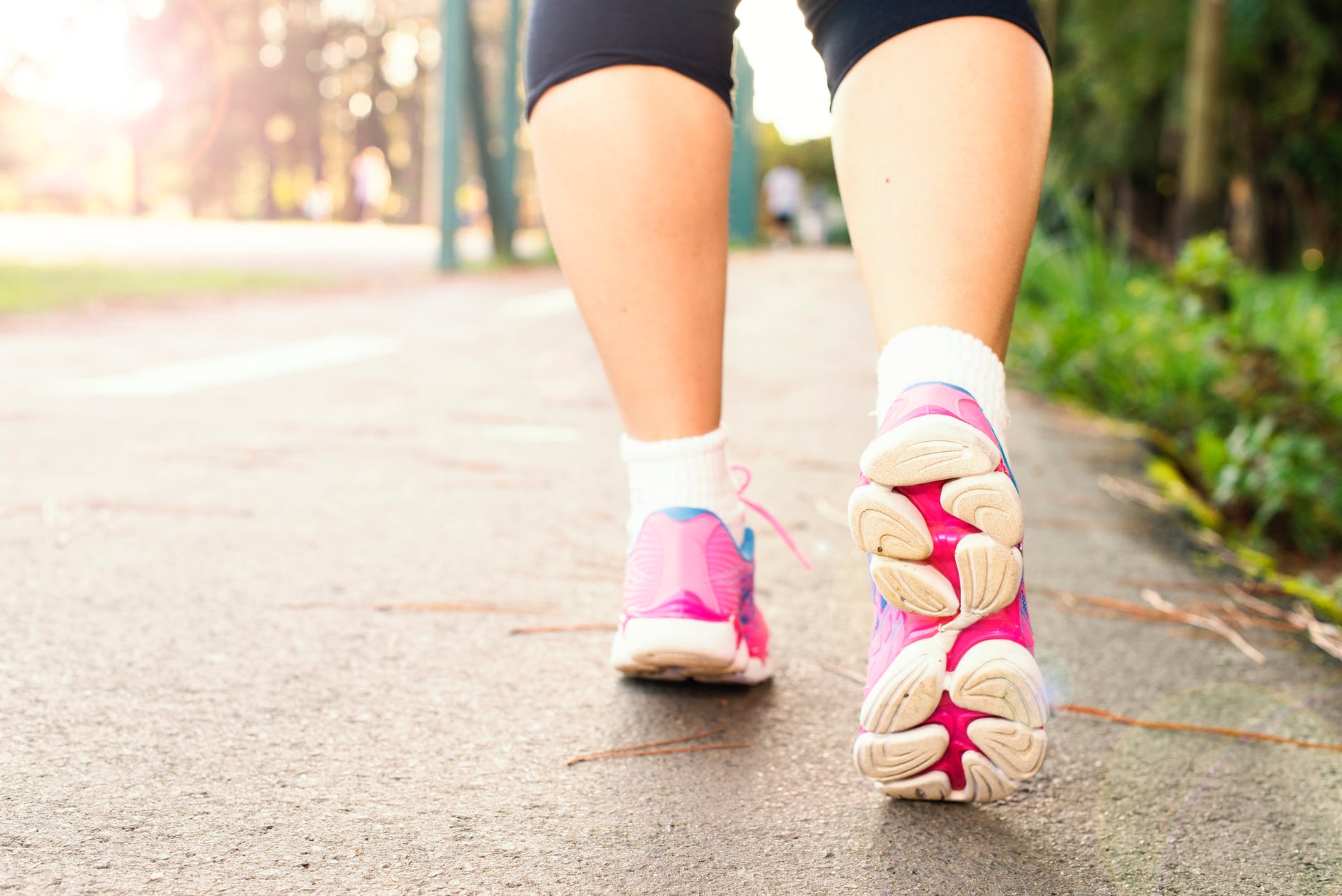
Our veins are sensitive to many things, including changes in temperature. If you feel that your varicose veins act differently in the summer than the winter, you’re completely correct. Warm temperatures, especially in hot Florida months, can irritate the symptoms of varicose veins. Cold temperatures can be kinder to our vein health, although there are still some things we need to be wary of. The best vascular surgeons in Orlando at Central Florida Vein & Vascular Center would like to share how temperature impacts your veins, as well as ways you can keep your veins healthy throughout the seasons.
Let’s take a second to picture our veins. Our veins have valves that circulate blood through our body. If the valves in the lower leg become damaged, blood can pool in the vein instead and create a varicose vein. People with varicose veins often experience feelings of pain, heaviness, itchiness, soreness, or fatigue in their lower legs. Heat can make this worse, as it causes vasodilation, or widening of the blood vessels.
When we’re outside in the hot sun, our body does its best to cool us down. It does this by expanding the veins so that blood can flow closer to the skin’s surface. It then produces sweat to cool the blood which, in turn, keeps the body cool. You may see how this can be troublesome if there is excess blood in the vein. Our body, in an attempt to keep us cool, moves more blood toward already-stretched veins. This further increases the amount of blood pooling in the vein, leading to worse swelling and damage to the vein valves.
The excess blood pooling can also cause your legs to feel more painful and fatigued than usual. Your vein valves, already under strain due to gravity and varicose veins, have to work even harder to try to circulate blood through the leg. This overworks the veins and further irritates symptoms of varicose veins.
It’s impossible to avoid heat in the summer. However, you can follow these few tips to minimize the impact on your vein health:
Cold temperatures are much kinder to our veins. Similar to how we apply ice to minimize swelling, cold temperatures cause swollen veins to shrink. This gives our valves a little boost in circulating blood properly, and you’ll experience fewer leg cramps and less swelling as a result.
This doesn’t mean veins experience no stress in the cooler months. Atmospheric changes in the winter often have a negative impact on our circulatory system. We also tend to enjoy large meals in the winter as we celebrate the holidays with our loved ones — which may cause us to put on a few extra pounds. Excess weight means excess pressure on the veins, irritating varicose vein symptoms.
Keeping an eye on our vein health in the winter is easy. There are just a few things to keep in mind:
The tips we’ve shared will help keep your varicose veins from getting worse throughout the seasons, but they won’t cure the veins. That will require minimally-invasive treatment from an experienced specialist. But don’t worry! The days of painful vein stripping are long gone. Modern vein treatment is quick and easy. You don’t have to worry about it interfering with your family’s summer barbeque or your winter get-togethers. Instead, you’ll be able to enjoy these events without heavy, aching legs bringing you down.
The best vascular surgeons in Orlando at Central Florida Vein & Vascular Center would love to help you live a life with healthy veins and beautiful legs. We understand that vein treatment isn’t one-size-fits-all, so we take the steps necessary to get the full picture of your vein health and create the treatment plan that will work best for you—so you can enjoy every season without worrying about your veins. Call us today at 407-545-3385 or 352-658-5547 to schedule a consultation.